
Wittenberg and Bergen
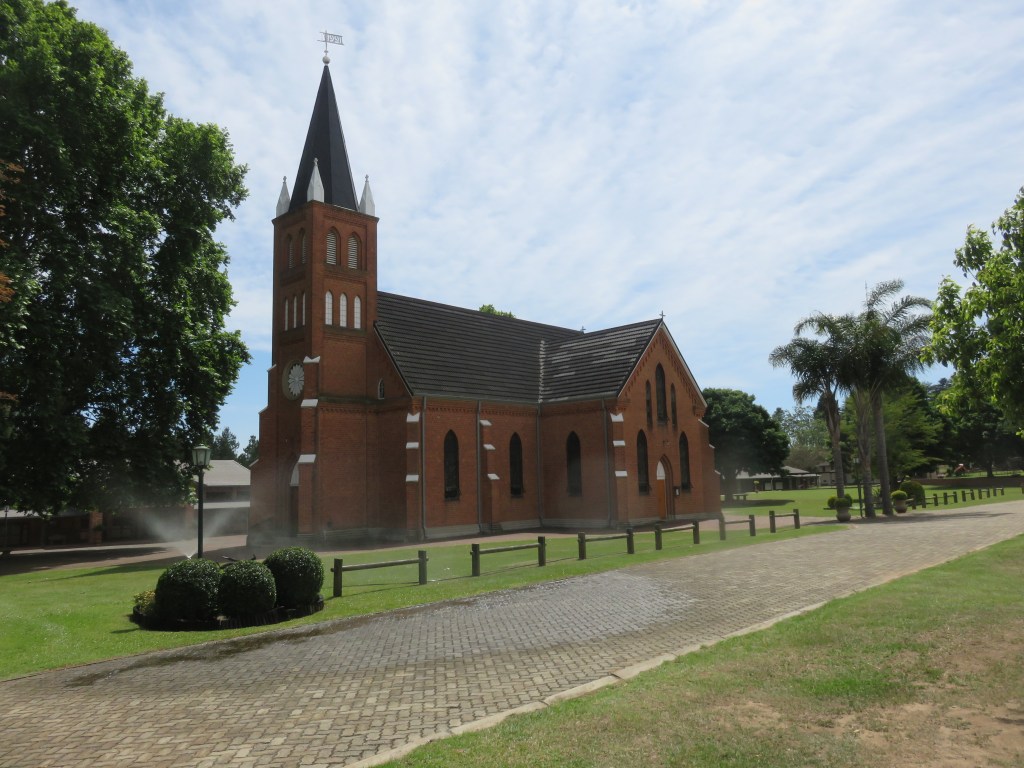 About 30km south of Piet Retief is a place called Wittenberg. It consists of a church, a school, various utility buildings and a cemetery. It is the centre of a German speaking community in the area. The church is of the Lutheran faith. The geo-location is at 27.1274°S 30.7907°E 1296m.
About 30km south of Piet Retief is a place called Wittenberg. It consists of a church, a school, various utility buildings and a cemetery. It is the centre of a German speaking community in the area. The church is of the Lutheran faith. The geo-location is at 27.1274°S 30.7907°E 1296m.
But before I carry on with Wittenberg I have to write about Bergen, which is where most of the Wittenberg community originated from.
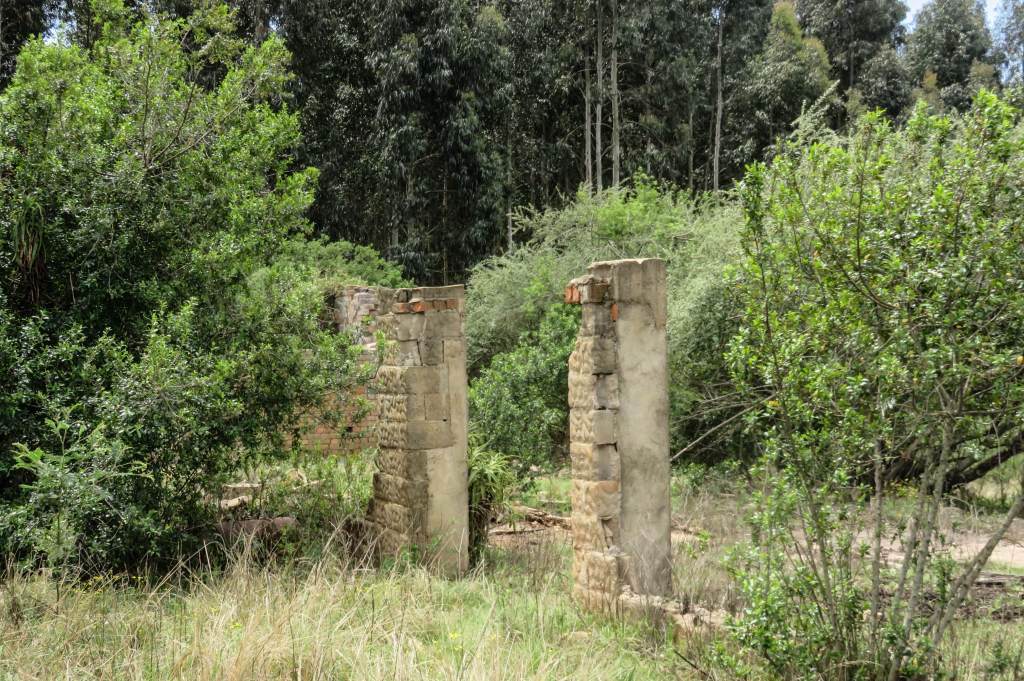 Bergen is further south and west, 12 km by road from Wittenberg and actually does not exist anymore. It was a church and a school, it had its beginning from the activities of the Hermansburg Mission Society. As the community at Lüneburg grew some of them started spreading out-wards. The next place settled then was Bergen. In ref 1 it is stated that the congregation of Bergen was established in 1884.
Bergen is further south and west, 12 km by road from Wittenberg and actually does not exist anymore. It was a church and a school, it had its beginning from the activities of the Hermansburg Mission Society. As the community at Lüneburg grew some of them started spreading out-wards. The next place settled then was Bergen. In ref 1 it is stated that the congregation of Bergen was established in 1884.
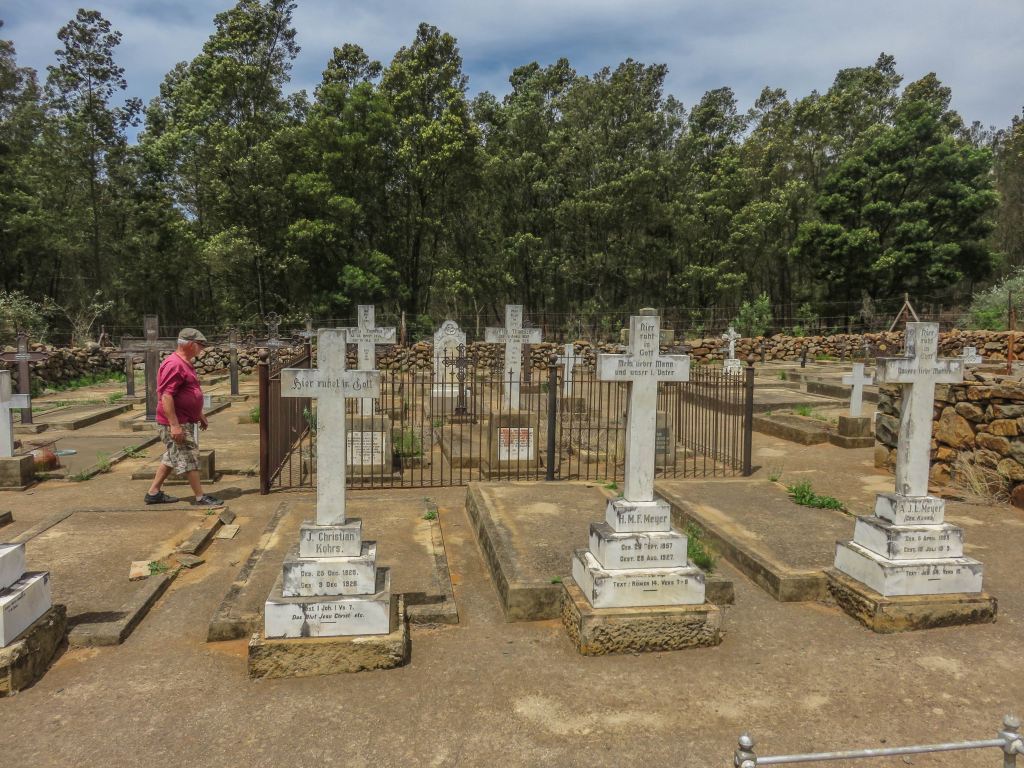 Bergen had a church and a school, everything in ruins now. One place that did stay behind is the cemetery, which is still kept in a good condition. The name came from a town of the same name near Lüneburg in Germany.
Bergen had a church and a school, everything in ruins now. One place that did stay behind is the cemetery, which is still kept in a good condition. The name came from a town of the same name near Lüneburg in Germany.
During the Boer War everything was burned down and had to be rebuilt. It was an opportunity for some of the members to request that Bergen be moved, closer to Piet Retief, where most of the members were staying. This proposal was not accepted by the majority with the result that some of the members split off anyway to form a new congregation at what is now Wittenberg. Bergen still continued to exist, was rebuilt and existed for many years before it was abandoned. I have no information when this was and why.
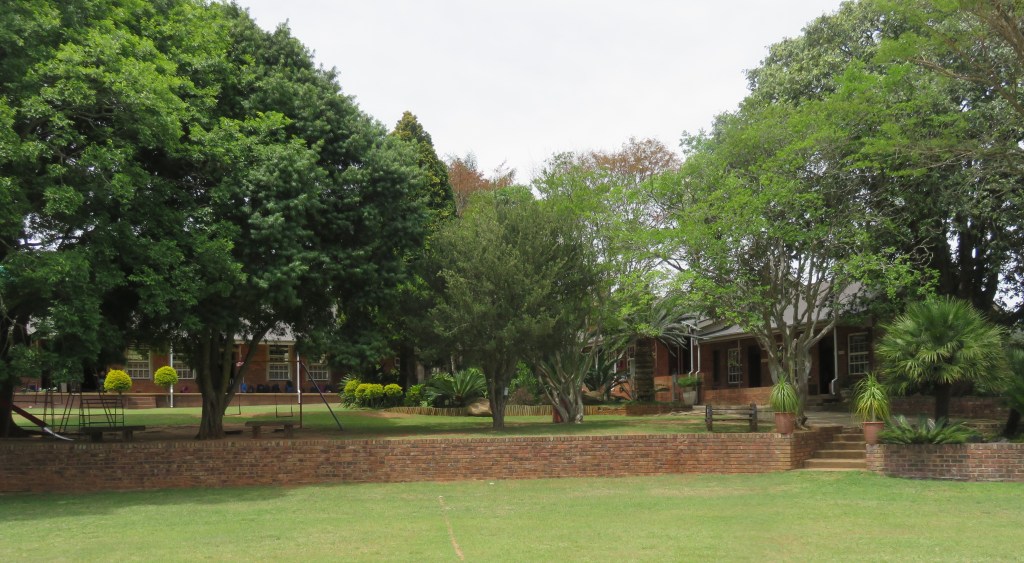 That was the story of Bergen, now to Wittenberg. The 12 members who had split off from Bergen quickly got to work and built a school room and a hall for church services. School already started in 1903, first run by Pastor Johannes. Later the school inspectorate supplied a teacher, Miss Stead, plus some school furniture. Miss Stead was a bit of a problem to the community, because she could only teach in English. A compromise was reached by separating the subjects, Miss Stead would give Arithmetic, History and English and Pastor Johannes Religion and German. From that point the school went from strength to strength and is still in operation as a government school. The language of instruction has changed to Afrikaans and German. Whilst visiting the school it sounded very strange to me hearing German being used in the arithmetic class.
That was the story of Bergen, now to Wittenberg. The 12 members who had split off from Bergen quickly got to work and built a school room and a hall for church services. School already started in 1903, first run by Pastor Johannes. Later the school inspectorate supplied a teacher, Miss Stead, plus some school furniture. Miss Stead was a bit of a problem to the community, because she could only teach in English. A compromise was reached by separating the subjects, Miss Stead would give Arithmetic, History and English and Pastor Johannes Religion and German. From that point the school went from strength to strength and is still in operation as a government school. The language of instruction has changed to Afrikaans and German. Whilst visiting the school it sounded very strange to me hearing German being used in the arithmetic class.
Wittenberg was quickly established with a hall for church services and a school which started in 1903. I presume the name Wittenberg was chosen because it was the place in Germany where Martin Luther got the reform going, now 500 years ago.
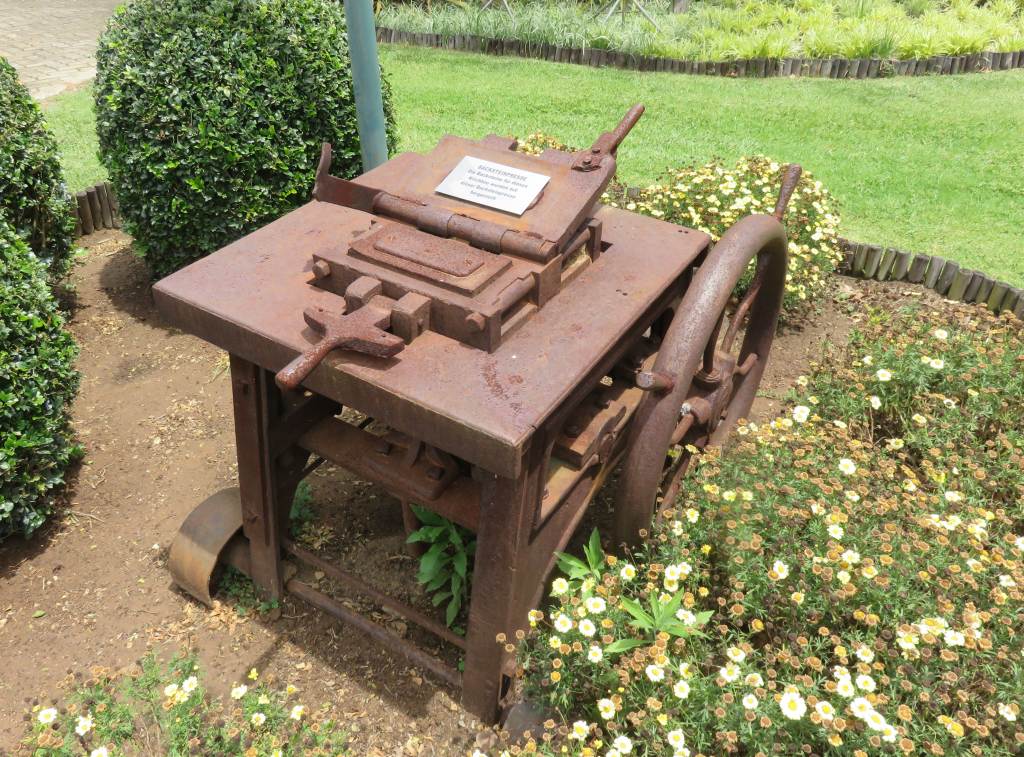 A larger church using red bricks was started in 1920 and completed 1921. In the ground is a brick press, it is the one used to make the bricks for the church, standing here now as a monument. Thus they actually started with clay and first made the bricks for the building. Looking at the press, it was a manual system, somebody had to turn the wheel to get the raw bricks out.
A larger church using red bricks was started in 1920 and completed 1921. In the ground is a brick press, it is the one used to make the bricks for the church, standing here now as a monument. Thus they actually started with clay and first made the bricks for the building. Looking at the press, it was a manual system, somebody had to turn the wheel to get the raw bricks out.
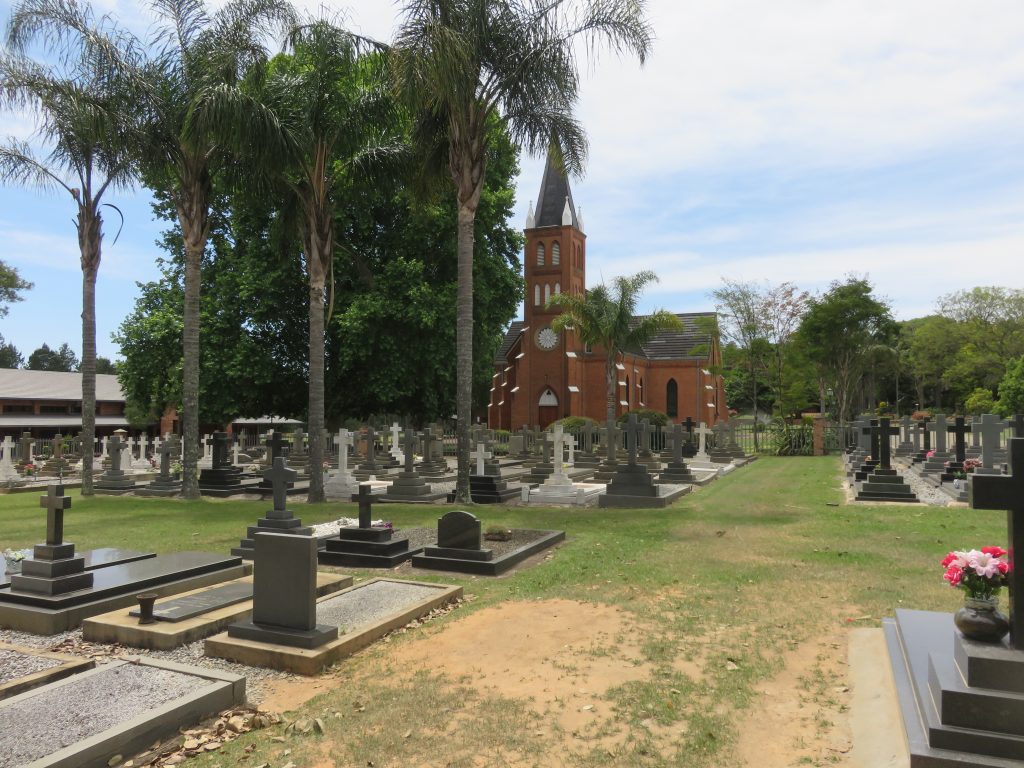 Near the church is the cemetery. What I find interesting about this cemetery is that there are certain family names that keep on repeating through all the German cemeteries I have visited in the area, that would be Lüneburg, Braunschweig, Bergen, Augsburg and here. Names like Küsel, Filter, Posselt, Röhrs, Böhmer, etc.
Near the church is the cemetery. What I find interesting about this cemetery is that there are certain family names that keep on repeating through all the German cemeteries I have visited in the area, that would be Lüneburg, Braunschweig, Bergen, Augsburg and here. Names like Küsel, Filter, Posselt, Röhrs, Böhmer, etc.
And then there are also the other buildings that have been erected over time, A hall (Gemeindesaal) was added as recent as 1997.
There is an article in the heritage portal covering this church.
Reference:
Ref 1:'Lüneburg 1869-1992, a booklet available at the Deutsche Schule
Ref 2: 'Festschrift zum 100-jährigen Bestehen der Schule Wittenberg 1903-2003', booklet available at the school
Ref 3: verbal information from Kurt Lilje, the present school headmaster